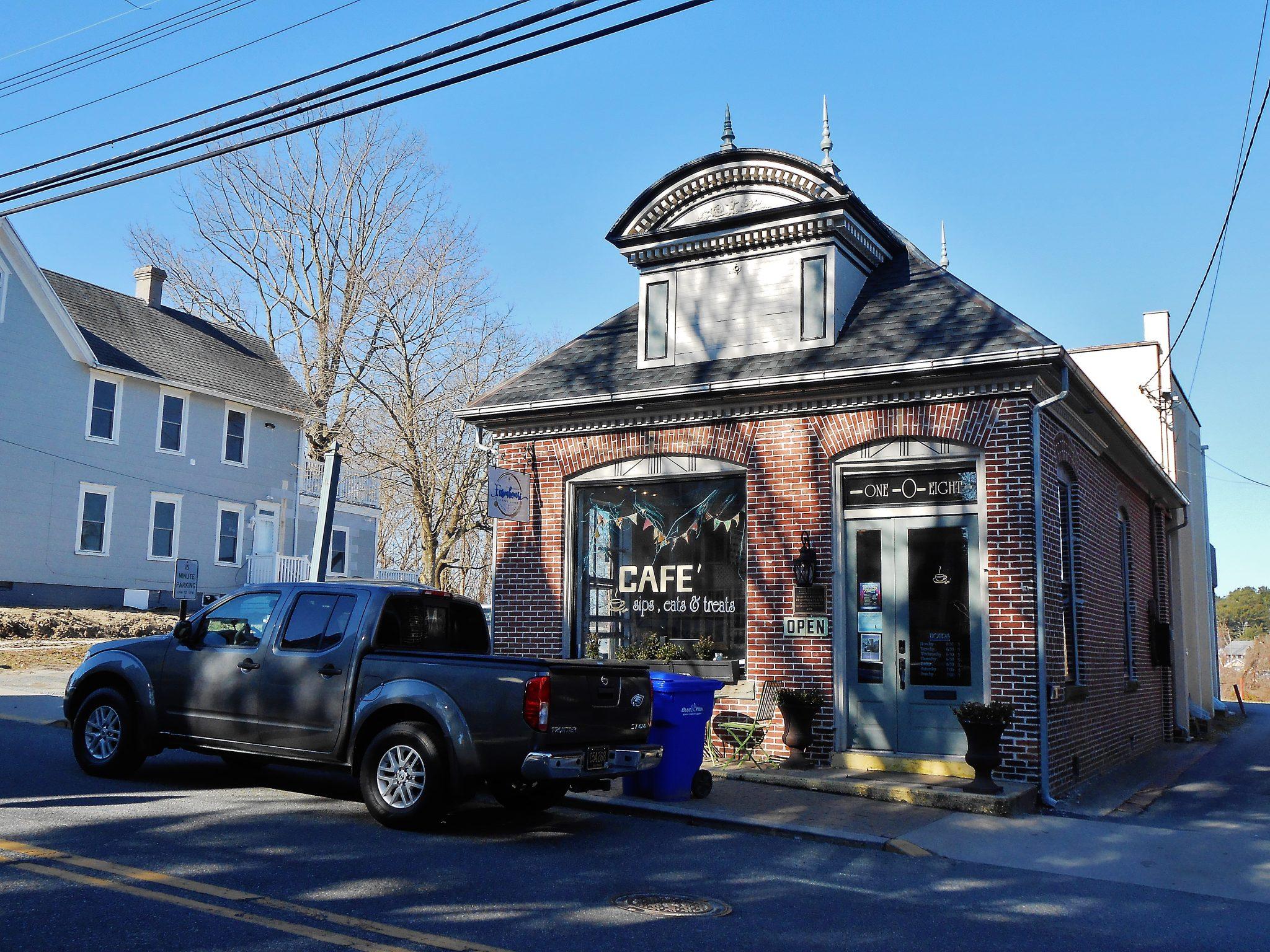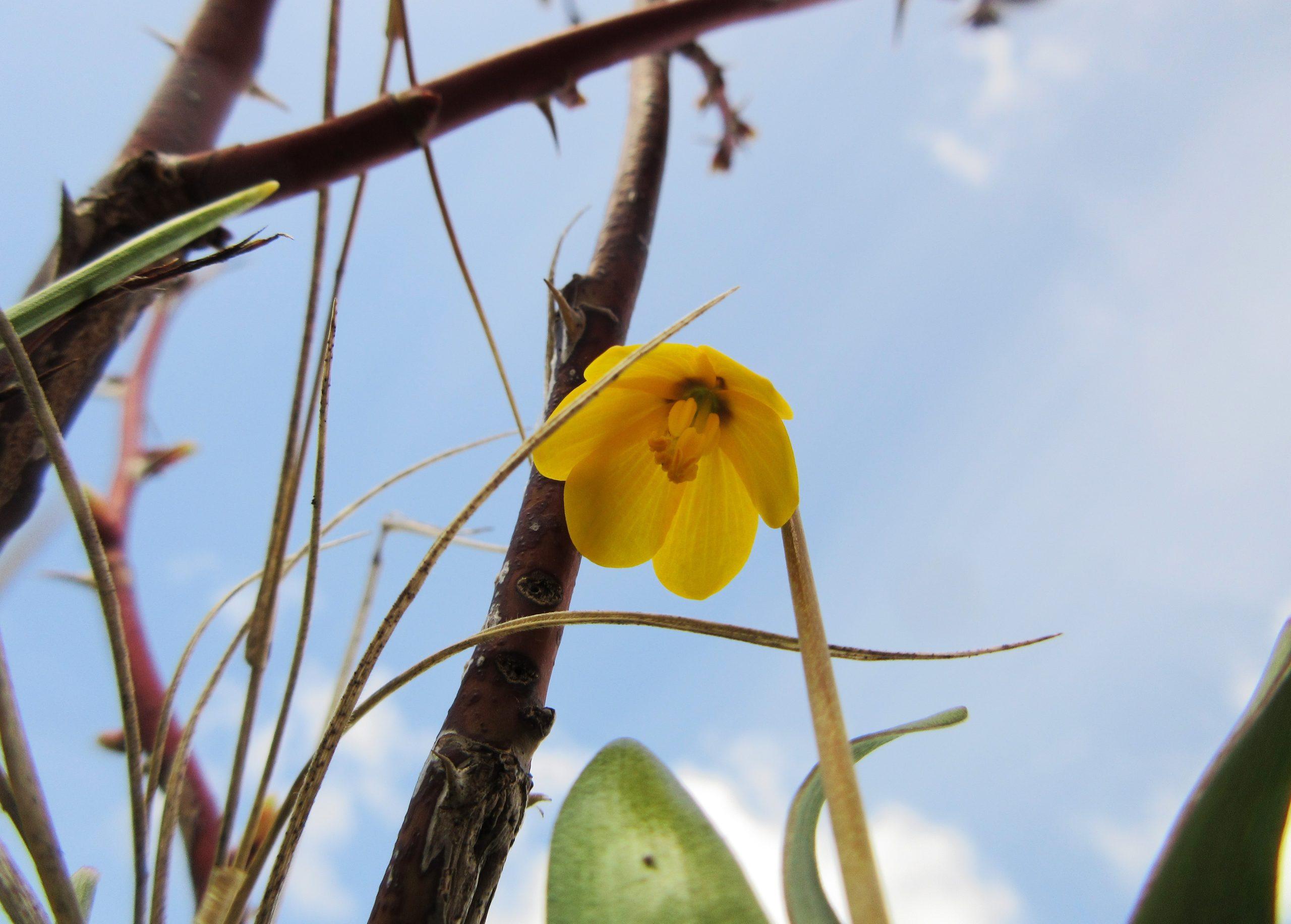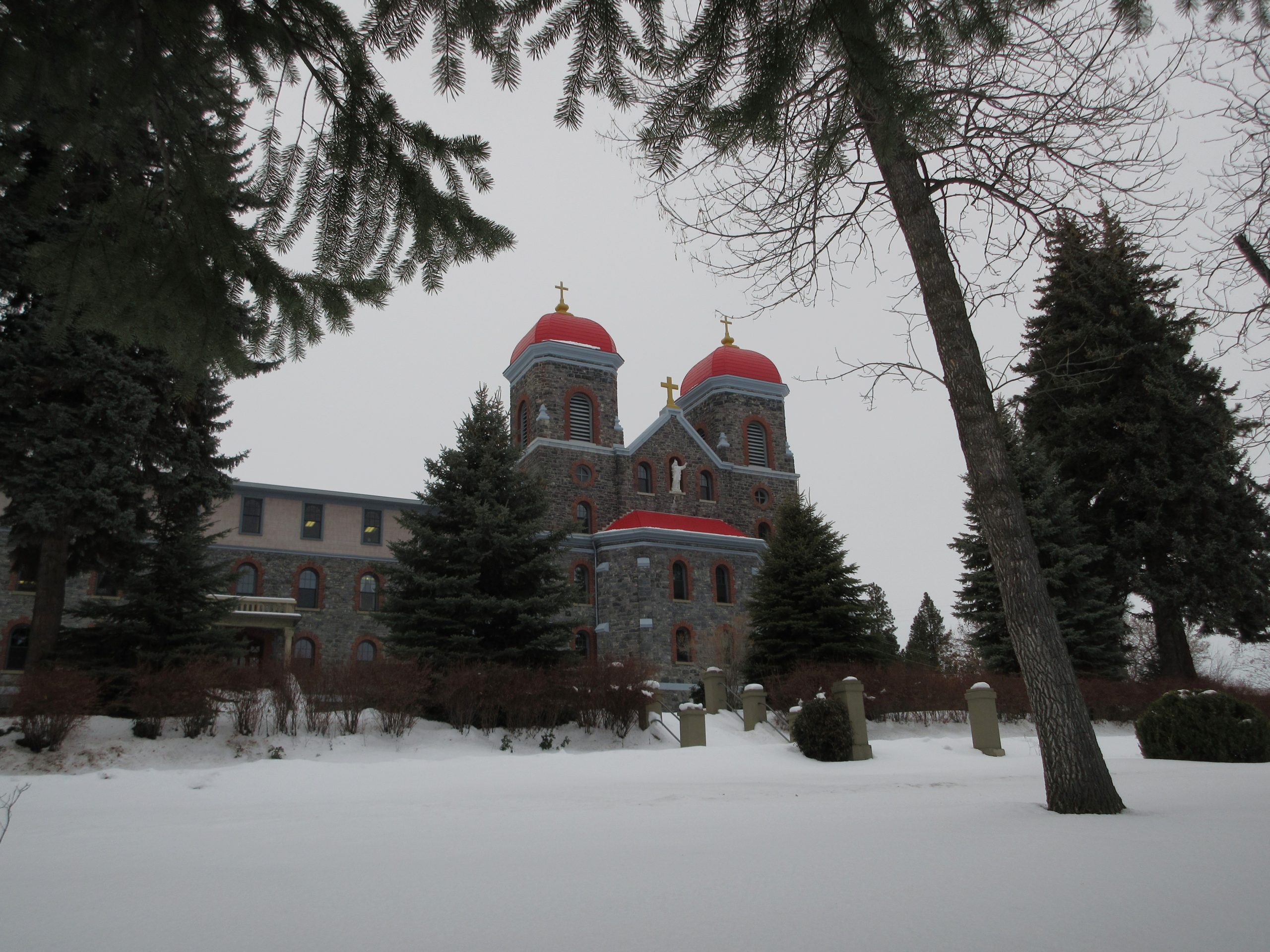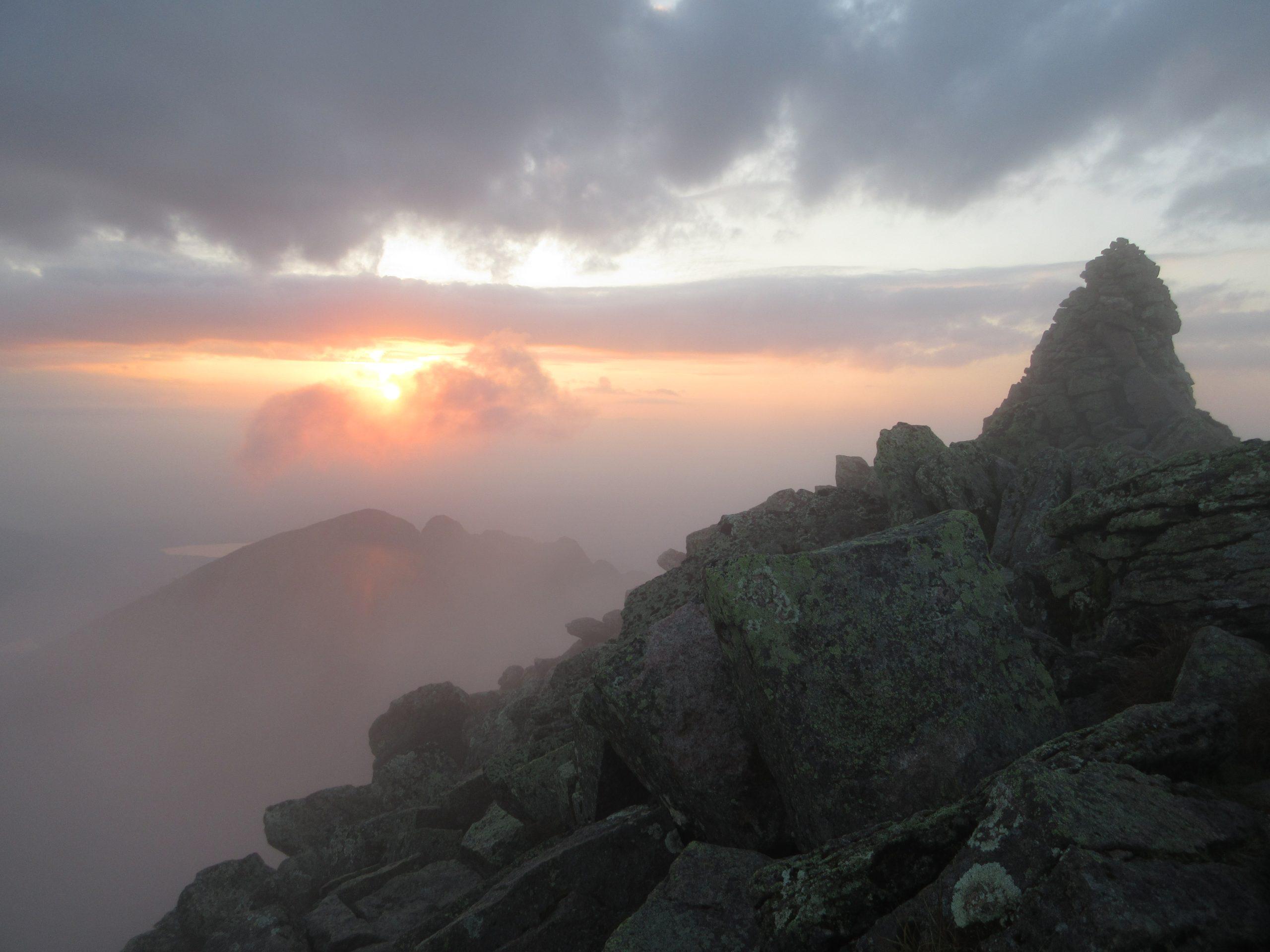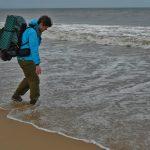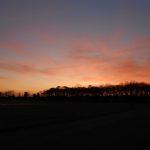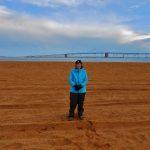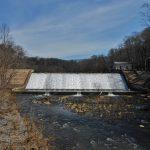I spent the second day of my journey on the American Discovery Trail hiking across the Delaware Coastal Plain. I mostly walked on roads by old farms – with fields where corn, soy, and winter wheat are grown – and large tracts of former farmland covered in new “cookie-cutter” residential developments. Here and there were scattered remnants of native forest: pines, sweetgum trees with their starburst-shaped seed pods scattered on the ground, red maples starting to bud (a good six weeks ahead of Maine), and glossy green holly bushes adding color to the understory.
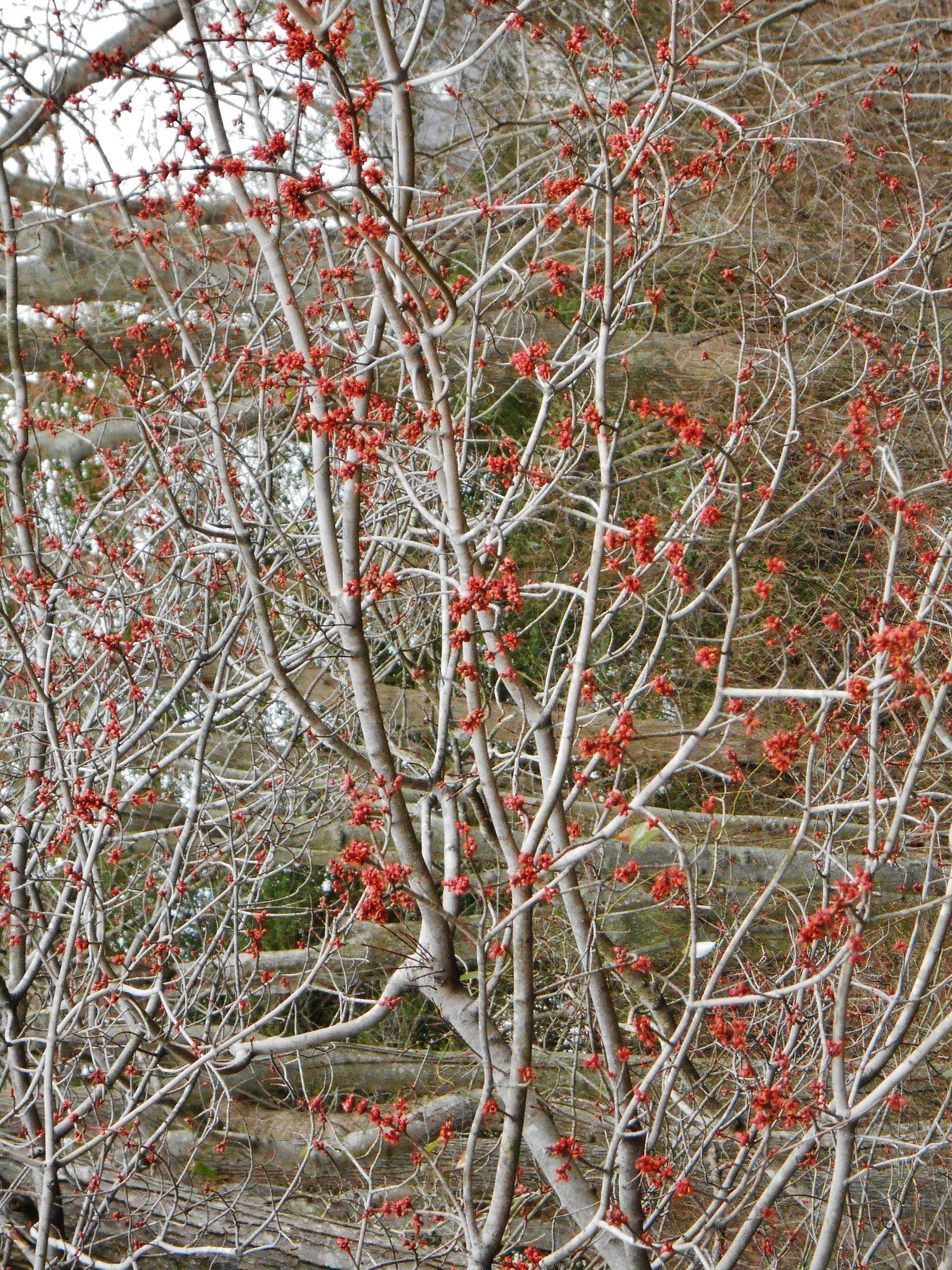
From what “trail angel” Reese Conner (my host last night) explained on an evening post-hike tour of the area around the town of Milton, this plain was largely covered in forest and marshland prior to human settlement. Native Americans cleared some of the woods for planting, then newer arrivals of European descent cleared much more. Reese owns two wooded acres close to the route of the ADT, and has hosted hikers for more than a decade. He has found solace in roaming sixty acres of land that adjoin his own – but now that land, too, is slated for development. He will feel the loss keenly.
Reese’s story reminds me of my own experience. When I was seven, my parents and I moved to a new development built on a former farm in the Maryland suburbs of Washington, DC. When I was old enough to drive, I found a horse farm about twenty minutes farther away from the city, where farmland and forest still prevailed. I spent many hours exploring the hills, streams, and fields on horseback, and formed a deep bond with the natural world that has sustained me ever since. But over the course of the next twenty years, the tsunami of suburbia swept over the farms, which were sold and subdivided. Fortunately, a swath of parkland preserves at least a fragment of wild woods for future generations to enjoy. In my view, the importance of these protected green spaces in heavily populated areas cannot be overstated.
Walking the ADT yesterday, there were both discouraging and hopeful signs along my path. I was sorry to see the amount of litter – cigarette butts, cans and bottles, miscellaneous paper and plastic – by the roadsides and in streams.
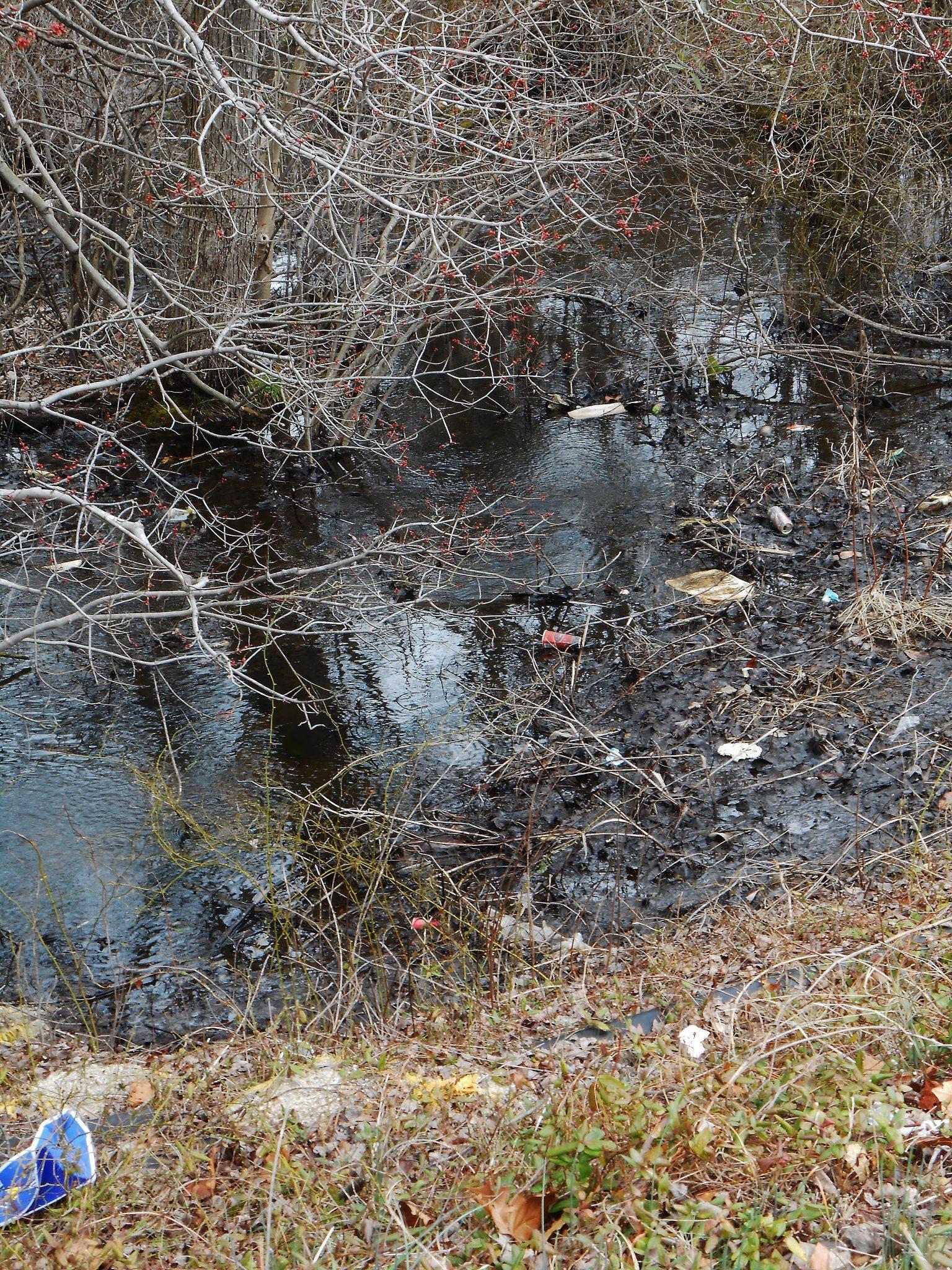
But I saw evidence of a transition away from fossil fuels; a WaWa service station seemed to be equal parts gas pumps and Tesla charging stations. An unused railroad had been converted to a trail passing through woods and wetlands. At least one of the new residential developments was incorporating opportunities for home buyers to connect with nature, offering a trail system and water access for kayaking.

And birds were everywhere, serenading the arrival of spring. I saw a large group of Canada geese, likely planning to fly farther north. I was excited to hear my first warbler of the year: a common yellowthroat, singing its characteristic “witchety-witchety-witchety.” Perhaps I’ll cross paths with this same bird in Maine in a couple of months?
I’m writing this at an Internet café in Milton, Delaware. One of the ironies of being a nature writer is that I need to stay wired — at least intermittently — on my wanderings in search of the wild. There is wild to be found everywhere, even in cities and suburbia, if we look and listen attentively for it. I plan to spend tonight camping in the Redden State Forest. I’m not sure when I’ll have the opportunity to post again, but, in the meantime, I encourage all my readers to keep their eyes and ears open for the wild around you, wherever you may be.
